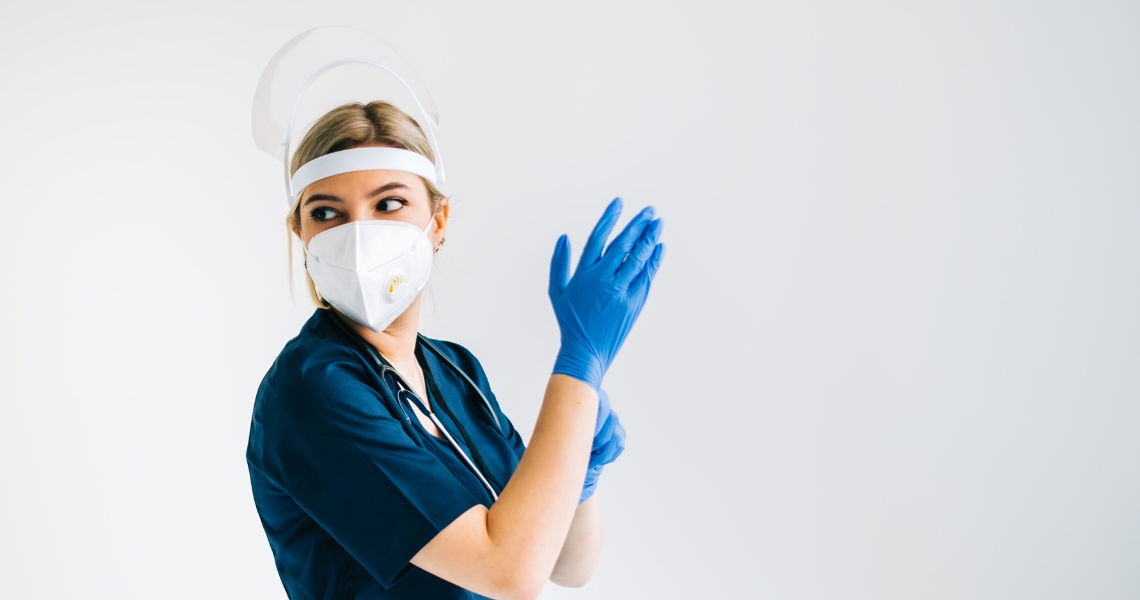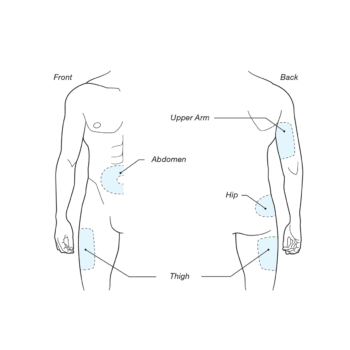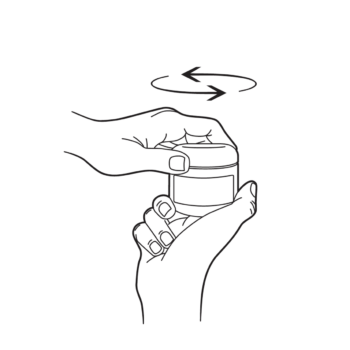Article Summary
Intramuscular injection delivers medication into muscles, ensuring absorption and efficacy. Proper technique and disposal are crucial for safe administration. Follow guidelines to select sites, fill syringe, inject, and dispose of sharps responsibly.What Is Intramuscular Injection?
Many medications are given by injecting them into a muscle, which is known as intramuscular injection. The information below will let you know what items you need to give an intramuscular injection, where you can give the injection, how to perform the injection and what to do with the used needle when you are done.
Items Needed to Give an Intramuscular Injection
-
- The correct size needle and syringe
-
- Vial of medication
-
- Alcohol wipes
-
- Sharps container
-
- Optional: Gloves for the person giving the injection
Intramuscular Injection Sites
There are many safe intramuscular injection sites on the body. Please follow your medical provider’s directions about where to inject your medication, or use these instructions as a guide.
Precautions:
-
- It is important to follow these instructions so you do not give the injection directly into nerves, blood vessels, joints or bone
-
- Do not inject medication into the same site every time. Scar tissue can accumulate and negatively affect the potency of the medication if you give an injection in the same place every day or even every week
Hip (Ventrogluteal Muscle)
The hip has good bone landmarks and poses little danger of hitting blood vessels or nerves
-
- Place your thumb at the base of your tailbone and bring it straight across midway to your hip
- Put your index finger about two inches (five centimeters) below the ridge of your hip bone. The V-shaped area between your thumb and index finger is the ventrogluteal muscle
Thigh (Vastus Lateralis Muscle)
This is the recommended site for self-injections because it is easy to see and access.
-
- Divide your thigh area into three equal parts: top (near your hip), middle and bottom (near your knee)
- Put your thumb in the middle of the top of the thigh and your fingers along the side. This is the correct muscle location
Shoulder (Deltoid Muscle)
This site is recommended if someone else will give you the shot. You can sit, stand or lie down to receive the shot.
-
- Imagine an upside-down triangle on the side of your upper arm. To find the base of the triangle, feel for the bone that goes across the top of the upper arm. This bone is called the acromion process, and the bottom of this bone will be the base line of the triangle
- The point of the triangle is directly below the middle of the base at about the level of the armpit. The correct injection area is in the center of the triangle, one to two inches (two and a half to five centimeters) below the bottom of the acromion process
How to Fill a Syringe
-
- Wash your hands thoroughly with soap and water, and dry them completely. Put on gloves if necessary
- Remove the plastic cap from the medication vial and use an alcohol wipe to clean the rubber stopper
- With a new, unused syringe, remove the needle cap and pull back on the plunger to bring an amount of air equal to the prescribed amount of medication into the barrel of the syringe
- Insert the needle into the vial and slowly push (inject) the air from the syringe into the vial. This will displace the liquid in the vial when you withdraw the medication (Fig. 1)
- Turn the vial and syringe upside down and carefully draw the liquid medication back into the syringe to the prescribed amount for one injection (Fig. 2)
- If you see any air bubbles in the syringe, use your fingers to lightly tap or flick the syringe to draw the bubbles to the top of the syringe near the needle. This action will help expel any air in the syringe. Note: it is normal for a small amount of medication to come out of the needle as well (Fig. 3)
- You are now ready to inject the medication.
How to Inject Medication Into a Muscle
-
- After completing all the steps above, hold the syringe in the hand you use to write. Place the syringe between your thumb and first finger, letting the barrel of the syringe rest on your second finger, similar to how you hold a pen or a dart (Fig. 4). With your free hand, wipe the injection site area with an alcohol wipe. Let the area dry.
- A little to the side of where you plan to insert the needle, depress and pull the skin taut with the thumb and fingers of your free hand. Keep holding the skin taut
- Use your wrist to insert the needle at a 90-degree angle from the surface of the skin (straight in). The action is like shooting a dart. Do not slowly push the needle in. Do not thrust the needle, as this can cause bruising. The needle is sharp, and it will go through the skin easily when your wrist action is correct (Fig. 5)
- Let go of the skin, and hold the syringe so it stays pointed straight in
- Pull back on the plunger just a little to make sure you aren’t in a blood vessel (Fig. 6). Note: If blood enters the syringe, you may have hit a blood vessel. Remove the needle and dispose of both the syringe and the medicine. Repeat the process of cleaning the vial stopper and filling a new syringe. When you administer the injection again, select a new injection site
- Push down firmly on the plunger to inject the medication into the muscle. Note: Some medications may sting slightly upon injection. To avoid pain, do not inject the medication rapidly; rather, inject slowly and steadily
- Once all the medication is injected, pull the needle out at the same angle it went in
- Dispose of the syringe and needle in a sharps container
How to Dispose of Used Syringes
Used syringes and needles should be discarded into what is known as a sharps container. You can purchase a sharps container or use another hard-plastic container, such as a laundry detergent bottle. You must make sure you can easily put both the syringe and needle into the container and that the needle cannot break through the sides, bottom or top of the container.
For more information about how to properly dispose of sharps, ask your medical provider or local pharmacy for details. More information is also available at safeneedledisposal.org.




